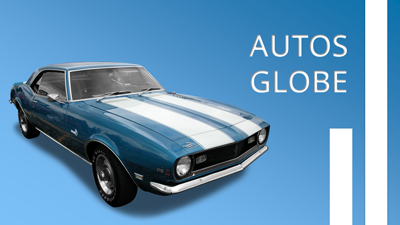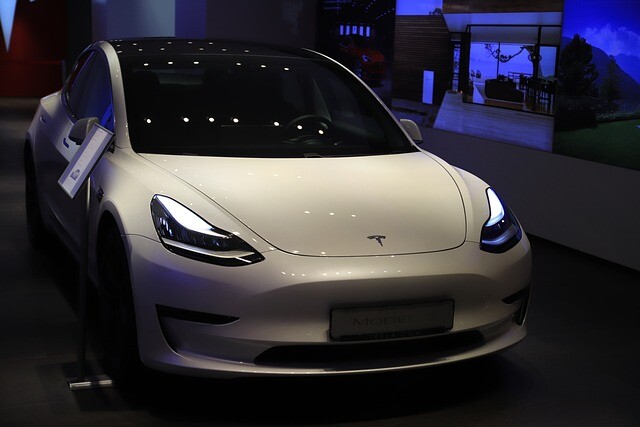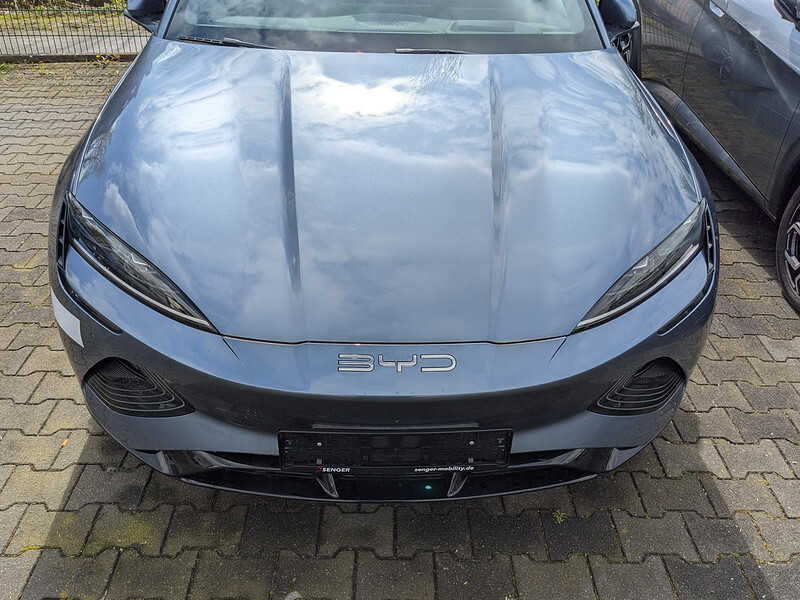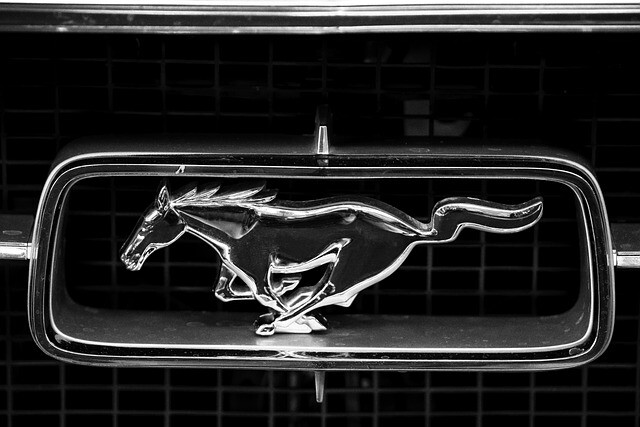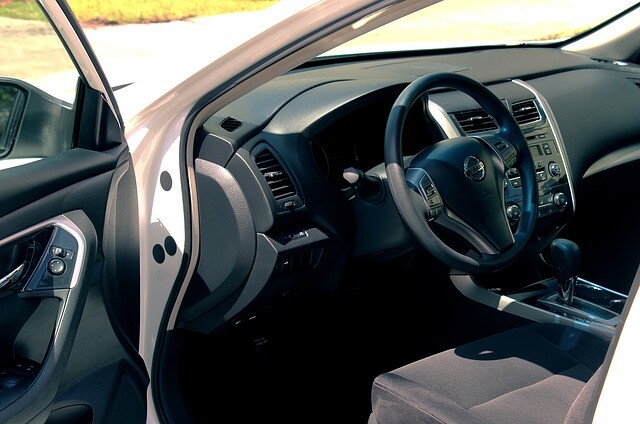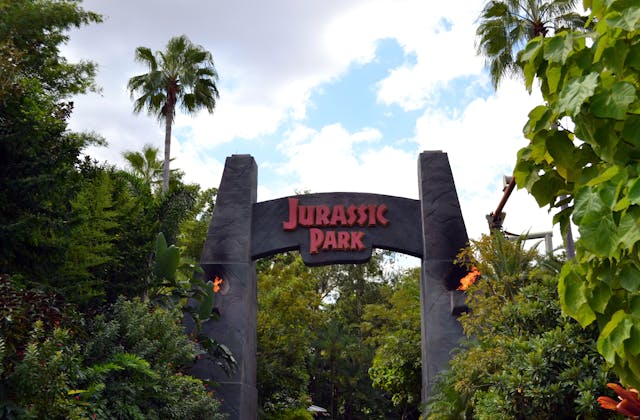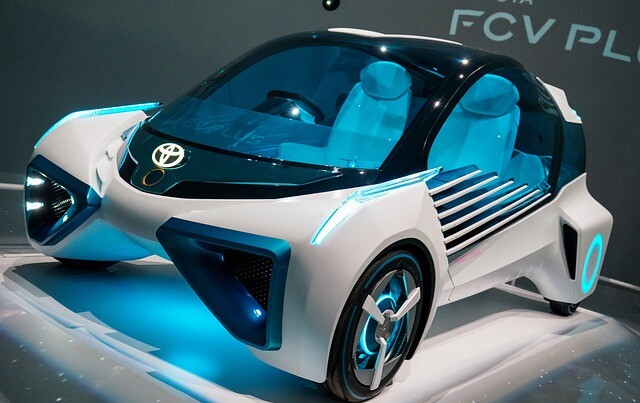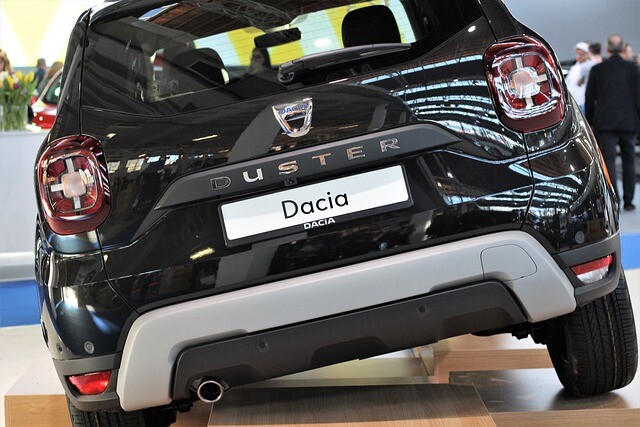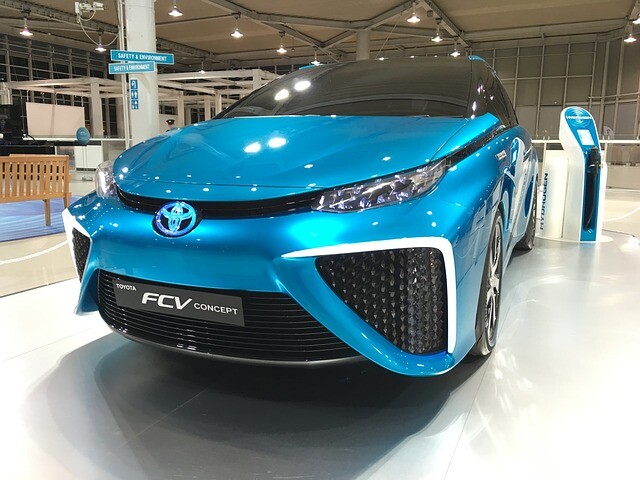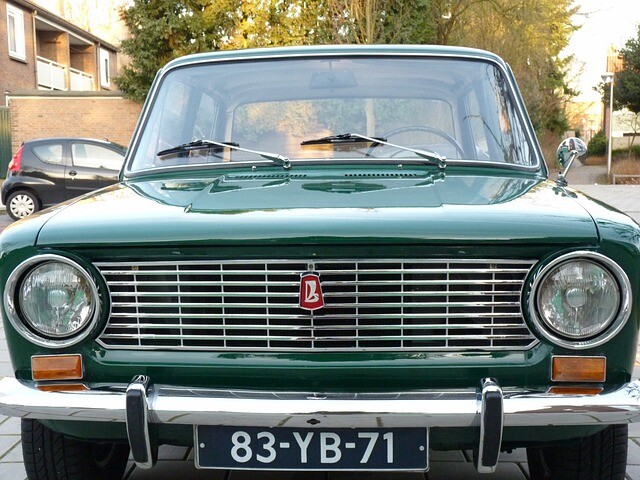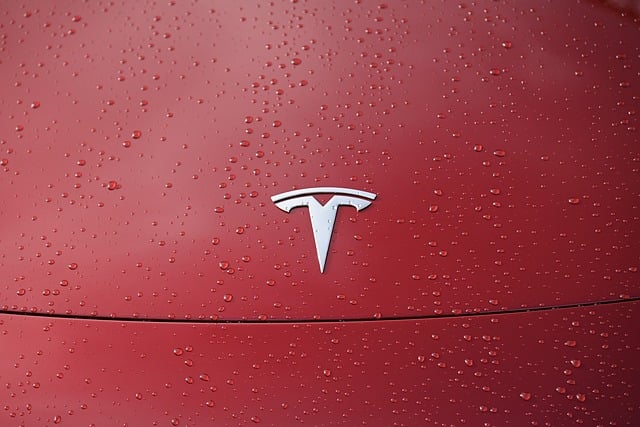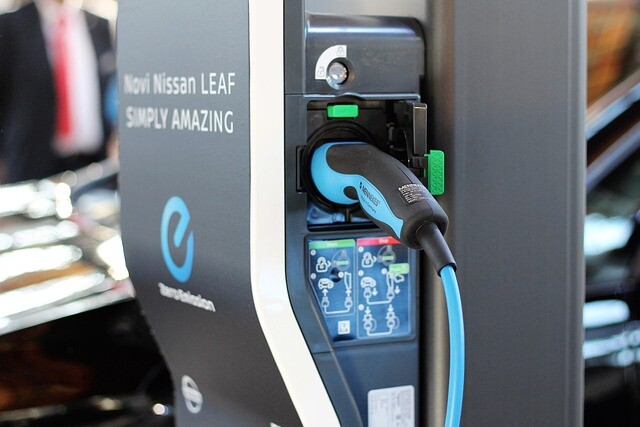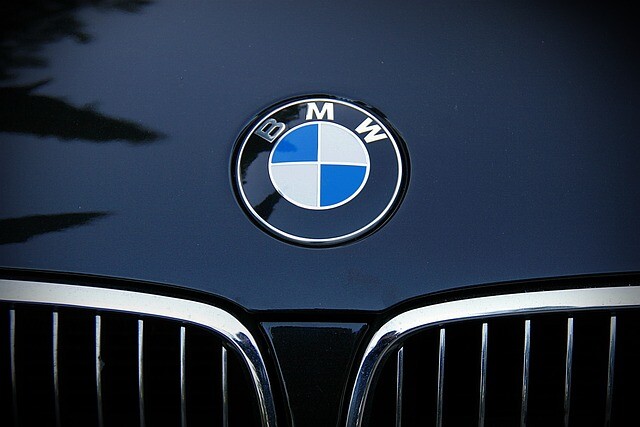Both run the same 2.5-liter Atkinson-cycle petrol engine, which consumes an average of 6.4 l / 100 km on its connected electric motor, which is powered by a tiny 1.1 kWh lithium-ion battery.
Ford S-Max
The Ford S-Max and Ford Galaxy received 190 horsepower self-loading hybrid powertrains. The models have even better CO2 consumption than the diesel engine, and they can even run on pure electricity, if not much.
The market for bus limousines has not taken a bite into hybrid technology - perhaps because fewer and fewer people are buying bus limousines. However, Ford did not bother and immediately made a petrol-electric version for two (the S-Max and the Galaxy).

The latter's 60 cells could be compacted thanks to water cooling, so the battery fits under the boot floor, the cargo space capacity is not reduced: 285 (Galaxy: 300) liters with three rows of seats, up to 2200 (Galaxy: 2339) liters in a two-person layout. The exhaust is routed on both sides of the battery pack so the car blows out its gases through a double end pipe.
It can also be towed with the S-Max Hybrid, carrying a trailer of 1,560 or 1,750 kilograms, depending on the number of seats. Ford does not disclose the towing capabilities of the Galaxy.
The regenerative braking system can recover up to 90% of the kinetic energy released. The electric motor for this purpose is able to drive the front wheels independently in active mode.
The S-Max accelerates to 100 km / h in 9.8 and the Galaxy in 10.0 seconds, but the final speeds are not specified by the manufacturer. The transmission is in principle stepless, but operates with simulated gears for the benefit of European users.
(Source: vezess.hu / photo: pixabay.com)
